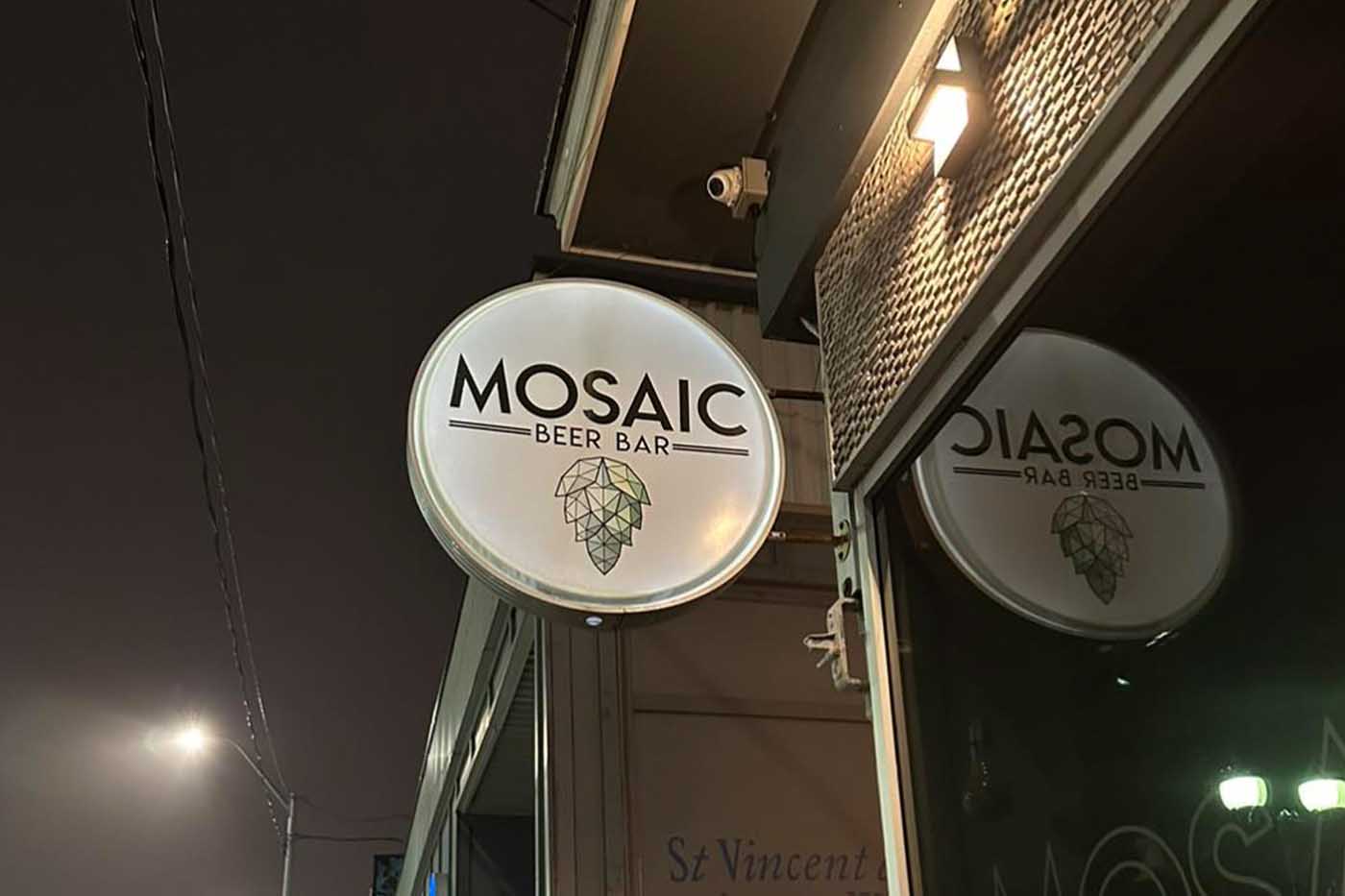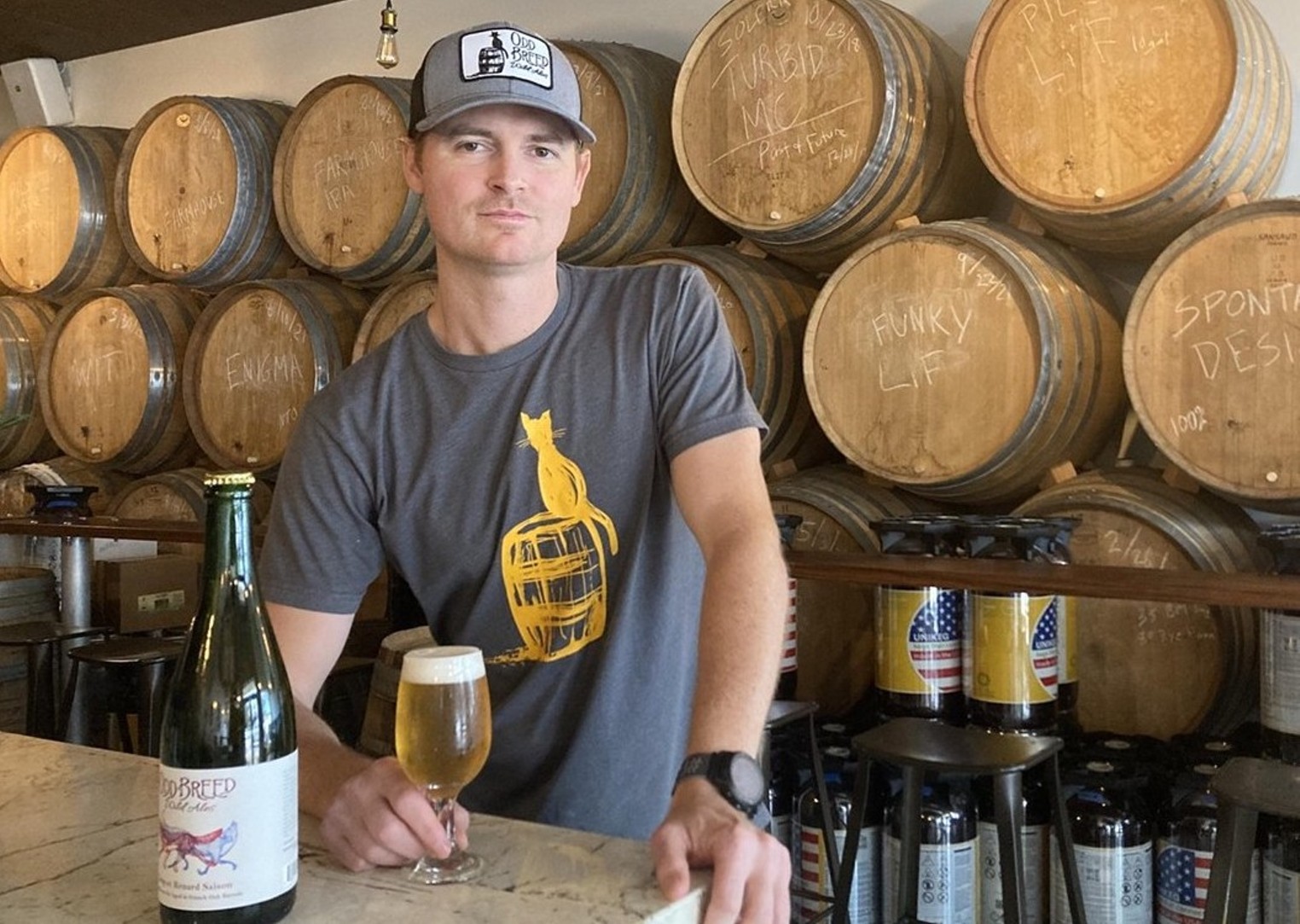The Journey of Annie’s Three Paths Pale Ale
Introduction
Craft beer has become a popular endeavor for many beer enthusiasts who enjoy experimenting with flavors and exploring new tastes. Annie, a passionate homebrewer, decided to embark on her very own beer adventure – creating a unique and distinct pale ale that would showcase her talent, creativity, and love for the craft. Thus, Annie’s Three Paths Pale Ale was born.
Path #1: Choosing the Ingredients
The foundation for any great beer lies in the quality and selection of ingredients. Annie meticulously researched and handpicked each component for her Three Paths Pale Ale recipe.
Malt Selection
Annie knew the malt would contribute to the body and color of her beer. After weighing various options, she settled on a combination of pale malt and caramel malt. The pale malt would lend a solid base, allowing other flavors to shine, while the caramel malt would add a subtle sweetness and a touch of caramel character.
Hops Exploration
Hops are a vital ingredient that imparts bitterness and aroma to beer. Annie was determined to create a balanced yet bold flavor profile for her Three Paths Pale Ale. She opted for a blend of Cascade and Centennial hops. Cascade added a floral and citrusy aroma, while Centennial brought an earthy and slightly spicy character, resulting in a harmonious combination.
Yeast, the Mighty Fermenter
For the yeast selection, Annie went with an American ale yeast strain. This specific yeast would ferment the sugars, converting them into alcohol and producing the unique flavors inherent to American pale ales. Its clean and neutral profile would allow the hops and malt to shine through without overpowering the palate.
Path #2: Brewing Process
With her ingredients ready, Annie began the brewing process, a crucible where science and art merge to create something extraordinary.
Mashing In
Annie prepared a mash tun by combining crushed malt and hot water. This mashing process extracted the sugars from the malt, forming a sweet, sticky liquid known as wort. The wort would provide the necessary nutrients for the yeast to thrive during fermentation.
Boiling and Hopping
Once the wort was prepared, Annie initiated a vigorous boil while skillfully adding hops at different intervals. The early hop additions contributed to the beer’s bitterness, while the late additions imparted aromatic and flavor characteristics.
Fermentation and Carbonation
After the boiling process, the wort was cooled, and the yeast was added. Fermentation, the magical transformation of sugars into alcohol, began. Annie closely monitored the fermentation temperature and allowed the yeast to work its magic for several weeks. Once fermentation was complete, carbonation was added, giving the beer a delightful fizzy texture.
Path #3: The Tasting Experience
Finally, the long-awaited moment arrived – tasting Annie’s Three Paths Pale Ale. With her friends gathered around to sample her creation, Annie observed their expressions with anticipation.
The first sip surprised the taste buds with its balanced bitterness and subtle sweetness. The Cascade and Centennial hops offered a refreshing burst of citrus and floral notes, while the malt backbone provided a smooth and velvety mouthfeel. The finish was crisp and satisfying, leaving a lingering desire for another sip.
Conclusion
Annie’s Three Paths Pale Ale exemplifies the beauty of craft brewing, where passion and creativity converge to create a truly exceptional beer. Every step, from ingredient selection to brewing technique, played an instrumental role in shaping this remarkable journey. With each sip, Annie’s dedication to her craft and her palate-pleasing creation shine through, making her Three Paths Pale Ale a testament to the craft beer community’s commitment to pushing boundaries and delighting taste buds around the world.






